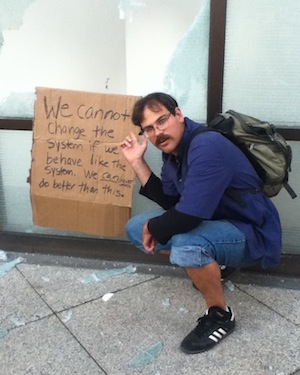
My experience with street ministry in San Francisco’s Tenderloin Neighborhood did not save anyone. It did not fix anyone’s problems or end homelessness. But I believe that it made a difference in an important way that continues to ripple out into the world; it has done so in my life. My interactions gave me a vision of what it means to minister with people struggling to make it through, as well as helping me understand a paradigm of urban ministry that is often overlooked.
The Tenderloin is a difficult place in which to exist. The energy of the neighborhood is sad and painful – it can feel like a maze of dead ends. People say the Tenderloin is dangerous and dirty and tell visitors to avoid it. And it certainly has some dangerous potential. Crack, Meth, and prostitution, mean that intoxication and human exploitation are real and present in those streets. But looking only at these problems oversimplifies the state of the neighborhood and doesn’t do justice to the humanity of the people who live there. Such oversimplification allows us to forget the real potential for kindness, sharing, and even community that is present in the neighborhood.
___________________________________________
The Fools’ perspective, it seems to me, is aimed not so much at eradicating the “problem” but in trying to look through the problem and see the humanity in people – and in themselves.
___________________________________________
My work in the Tenderloin began with The Faithful Fools on Hyde Street. Faithful Fools was founded by two deeply spiritual women, Carmen Barsody and Kay Jorgensen, who brought their vision, their courage, and most importantly their presence to the neighborhood. On the first floor of the building, “Fools’ Court” they called it, there’s a hat-making workshop. The larger space upstairs is regularly home to poetry and writing workshops, Bible studies, community events, and reflection groups.

I believe the most important aspect of the Faithful Fools’ ministry consists of their relationships with the people in the community. Help is often available for people who stop by, and the Fools always offer an atmosphere of creativity and creative projects through which many people are able to find some avenue of expression. However, I never got the sense that anything the Fools offered was intended to “solve” something, or “save” someone, or force anyone to change their lives. Rather, they offer an invitation, an open ear, which makes space for people who are ready to effect a change to begin to do that. The Fools’ perspective, it seems to me, is aimed not so much at eradicating the “problem” but in trying to look through the problem and see the humanity in people – and in themselves.
One thing they always stressed was the practice of reflection. As Carmen said to me, “Our reflection is as vigorous as our action.” This suggested to me that the purpose of our interactions was the mutual impact of the shared experience between the street ministers and the people living outdoors. There was no sense that this was a one-way street – that I, or anyone, could come down there and offer “answers.” The invitation was to be together, to listen to each other’s stories, and sometimes provide a reflection of our shared humanity.
___________________________________________
In the face of so much human misery that affected people on such a profound level, all of my values weren’t enough. And so I’d cry. And then I’d return to my walking and listening.
___________________________________________
I don’t want to give the impression that this made everything fine and dandy. People were suffering tremendously. At times it felt that I didn’t have enough space in my heart and mind to maintain my equilibrium in the face of such profound suffering. More than once I had to just cry it out. In the face of so much human misery that affected people on such a profound level, all of my values weren’t enough. And so I’d cry. And then I’d return to my walking and listening.
 Sometimes I’d sit with someone and we’d simply see each other in our humanness. One of the first significant experiences with the Faithful Fools took place when I was sitting on the corner and a woman came up and sat down with me. She had on knee-high Converse All-Stars, which was a point of conversation for other passers by. After a few minutes of chatting together, she pulled out her crack pipe and began to smoke it.
Sometimes I’d sit with someone and we’d simply see each other in our humanness. One of the first significant experiences with the Faithful Fools took place when I was sitting on the corner and a woman came up and sat down with me. She had on knee-high Converse All-Stars, which was a point of conversation for other passers by. After a few minutes of chatting together, she pulled out her crack pipe and began to smoke it.
At first, I thought I had some “advice” or “counsel” for her. Then I realized I didn’t. So I just continued to sit there. Finally I asked, “Do you feel better?” She indicated that she did, and then without any prompting on my part, she shared with me about the role crack had played in her life and how much it had cost her. I just listened. After maybe 20 minutes of this sharing, she stood up, gave me a hug from her heart, and said, “Thank you for listening to me.” Those moments are what I remember the most. They remind me that less can be more.
___________________________________________
When you wake up at 4 in the morning and it’s too cold to move, everything hurts, and you realize there is no place to go to the bathroom, something changes inside of you.
___________________________________________
Another important tool in the Faithful Fools repertoire were the street retreats. Some were day retreats, but the ones that really helped me grow in understanding were the overnight, week-long experiences. We would sleep outside and travel the neighborhood, not so much as ministers or a visitors, but simply as people on the streets. When you wake up at 4 in the morning and it’s too cold to move, everything hurts, and you realize there is no place to go to the bathroom, something changes inside of you. Suddenly, civilization doesn’t seem so civilized at all, and you wonder what we think we are doing in this society.
 At one point, I remember hearing the statistic that there are 10,000 units of abandoned housing in San Francisco and only 7,000 homeless people. I started to wonder who was benefiting from the realities of the Tenderloin, especially after a street artist I met told me, “This is where the real entrepreneurs are. They come out at night.” He was of course referring to the drug dealers and the pimps. That market doesn’t sleep, and it was interesting to watch “outsiders” come into the neighborhood simply to “shop.”
At one point, I remember hearing the statistic that there are 10,000 units of abandoned housing in San Francisco and only 7,000 homeless people. I started to wonder who was benefiting from the realities of the Tenderloin, especially after a street artist I met told me, “This is where the real entrepreneurs are. They come out at night.” He was of course referring to the drug dealers and the pimps. That market doesn’t sleep, and it was interesting to watch “outsiders” come into the neighborhood simply to “shop.”
I remember feeling often like my heart was breaking open throughout the three years I spent in the Tenderloin. But I followed Thich Nhat Hahn’s advice and let it break. I also found myself remembering Kay’s words: “You have what you need inside of you before it’s asked of you.” In a sense, what choice did I have? My presence in the street was simply that. I was another set of feet on the concrete, but I was also an ear and a simple presence. I came to see that this was my best gift in the streets.
___________________________________________
I find myself returning to the questions asked by the Faithful Fools: What holds us separate? What keeps us separated? As we walk the streets, what still connects us?
___________________________________________
My other project with the Faithful Fools was a roof garden. With the help of a number of folks, we got some planters up on the roof, and I got several rows of vegetables going. At first they sprouted and began to grow, but after they were about 3 inches high, something happened. Even the succulents died. When I tried to replant, it happened again. Eventually, I noticed that one of my pots had a tuft of crabgrass growing. It grew so well that it reached out to the other planters and spread. I began to take joy in the crabgrass; while I hadn’t planted it – I didn’t even know where it had come from! – its steadfast urge to live was so strong that it found ways to do so when everything else died. I took this to be a sign of the environment, one that was both sad and funny at the same time. I came to accept that my “garden” was just going to be weeds, and that was a testament to life in the Tenderloin.
 I share this reflection because I believe we are facing an opportunity to re-think how we approach urban ministry and working with the house-less. My experience with these gifted and caring people in San Francisco suggests that ministry can be as simple as presence – and yet can still have a transformative and important impact. I carry this with me now in the neighborhood of Morningside Heights in New York City. Again and again, I find myself returning to the questions asked by the Faithful Fools: What holds us separate? What keeps us separated? As we walk the streets, what still connects us?
I share this reflection because I believe we are facing an opportunity to re-think how we approach urban ministry and working with the house-less. My experience with these gifted and caring people in San Francisco suggests that ministry can be as simple as presence – and yet can still have a transformative and important impact. I carry this with me now in the neighborhood of Morningside Heights in New York City. Again and again, I find myself returning to the questions asked by the Faithful Fools: What holds us separate? What keeps us separated? As we walk the streets, what still connects us?
*****
AUTHOR BIO: Octavio Carrasco is a Ph.D. student at Union Theological Seminary in the City of New York, as well as a traveling circus. He continues to explore street Ministry in connection with Friends By the River, a group concerned with outreach in the Morningside Heights neighborhood of Manhattan.
To read other articles from Week 1: Seek the Peace of the City, click here.
Read more articles in this series.

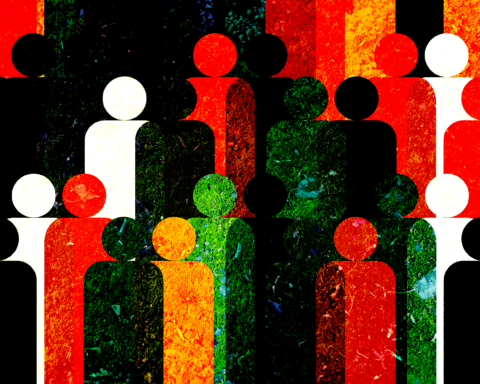
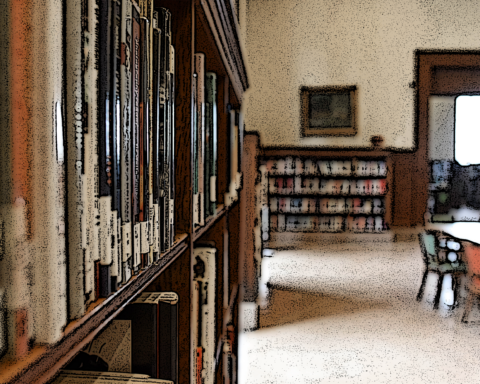

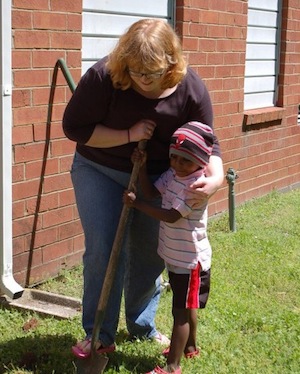
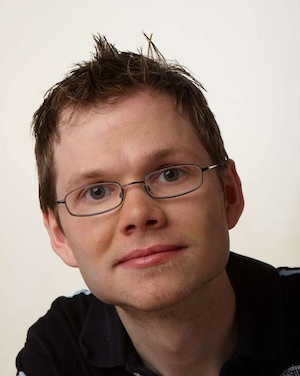
Unbound Social